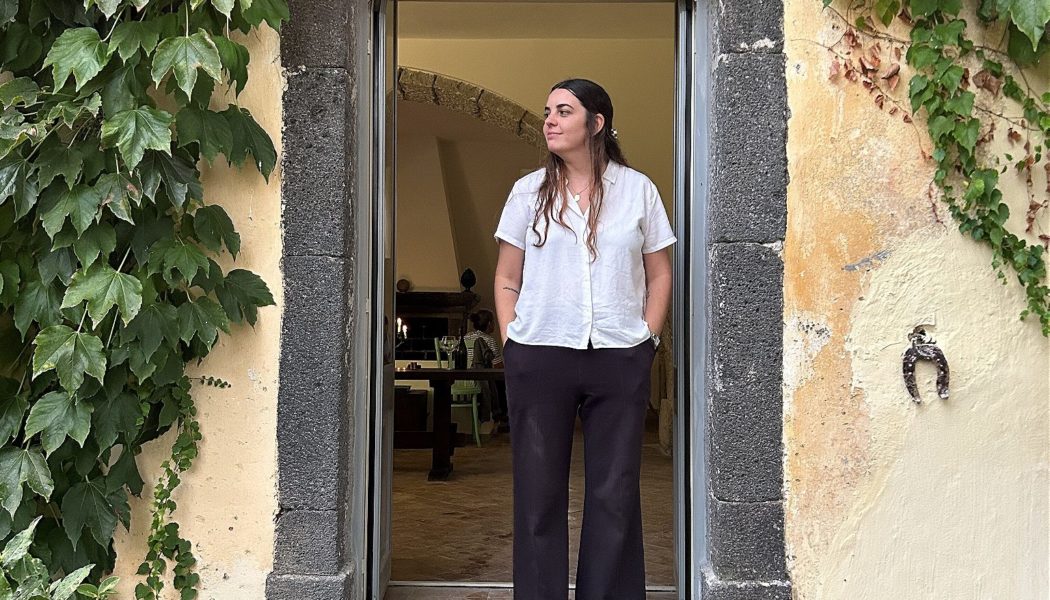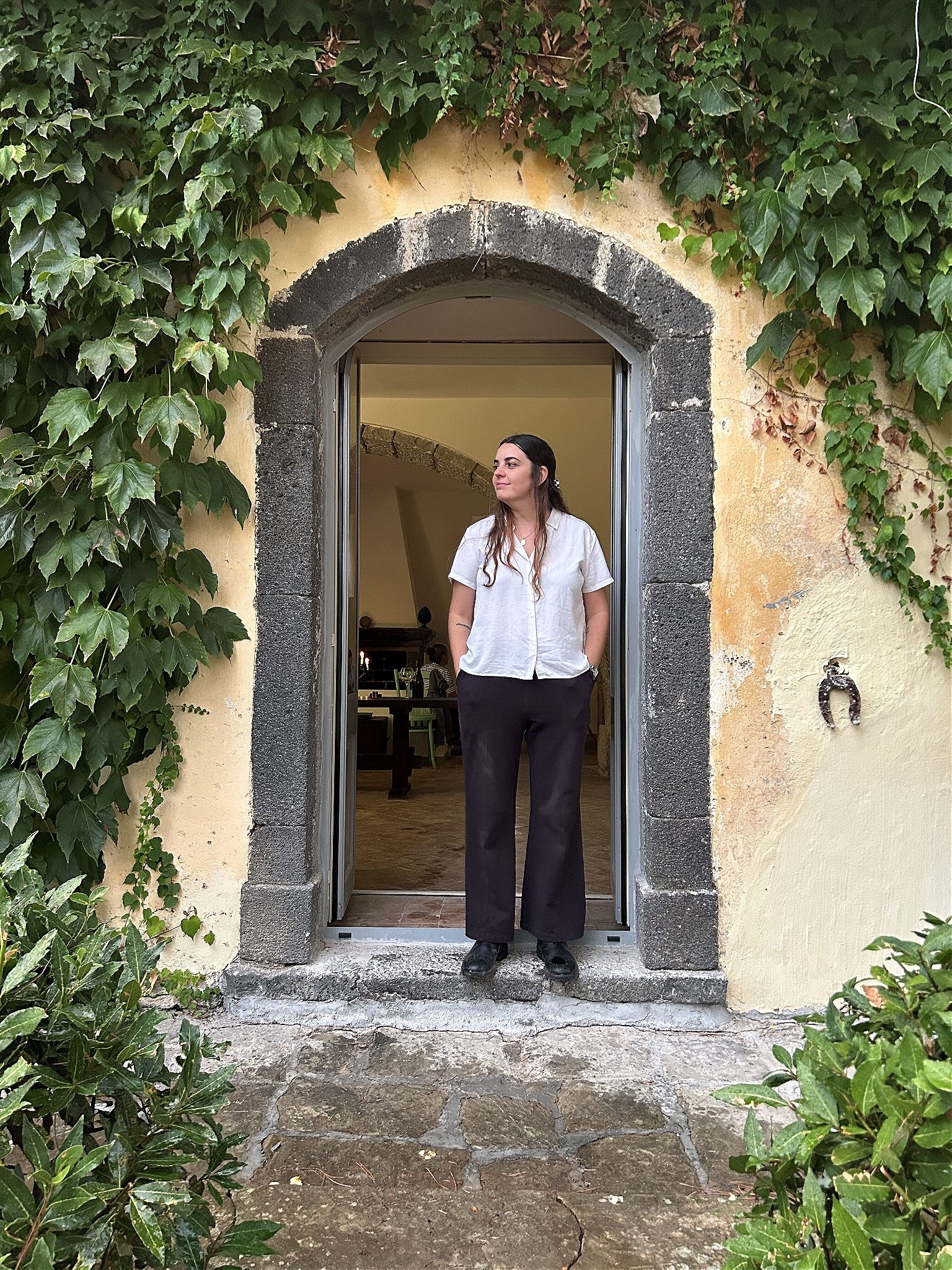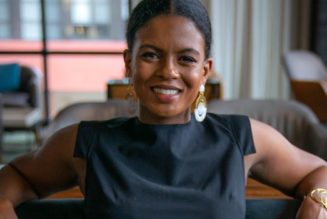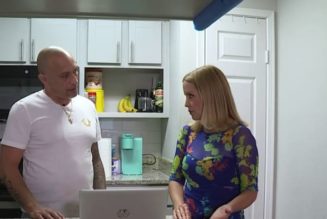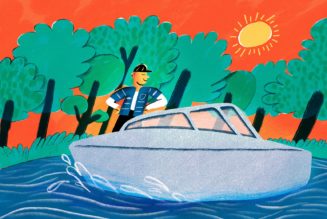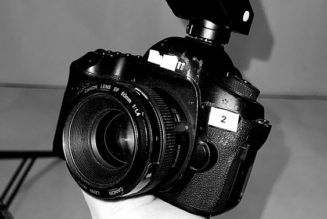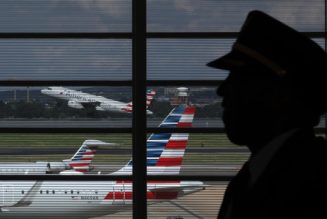Ask Beatriz Janer about Seville’s storied Feria de Abril, and you’ll get a quick sense of what makes her photographer’s eye for detail so special. Sure, she describes the men, women—and horses—all dressed in their finest. The colors. The carriages. But then she talks about the drinks, cold sparkly rebujitos that fight against the heat and keep your feet from hurting and let the dancing go on and on toward dawn.
The same passion comes through when she talks about the beauty of the sobremesa, that reclined, relaxed conversation that lingers around the dinner table. Janer’s work has taken her to tables around the world. She shoots food and fashion and fine hotels and ordinary life, as well as the occasional celebrity (Rafa!). She likes to leave a lot to improvisation when she’s working, she says, and takes the same approach to her personal travel, letting the day carry her as it does. And when things line up just right, like they did in Andalusia (where Janer was shooting for Roads & Kingdoms’ League trip there), the very travel-ready Janer sometimes thinks she doesn’t want to leave a new place.
Journalist María Elizondo spoke to Janer by phone about her earliest moments behind the camera, traveling without plans, and the magic of connecting around a table.
This interview has been edited and condensed for clarity.
R&K: How often do you travel?
Beatriz Janer: I travel quite a lot. I have been working basically back-to-back. It’s been kind of crazy, very productive, and very beautiful as well. I’ve done some very interesting shoots, including my trip with Roads & Kingdoms to Andalusia in April.
I was really looking forward to going to Andalusia because I have an Andalusian background—my father is from Cordoba—and as a photographer thinking about Andalusian folklore and all that iconography, it was very alluring to me. And when I got there, I felt like I was opening to everything.
It was very powerful, Andalusia. I know every place has its own charms, but it was very, very good.
R&K: You said “powerful”?
Janer: Yes. Because it was the Feria de Abril. The feria week is so intense in many ways. And then the route we took from there, to Jerez de la Frontera, where I’d never been, and Vejer. Everyone was enjoying themselves. It was a little bit euphoric. I loved it.
When it was over, on the last day, I thought: “I don’t want to go.” You know that feeling you get when the travel is over? Especially those trips where you’ve been very present. I didn’t want to leave. Even when your reality is good, you know, you don’t want to step off the cloud.
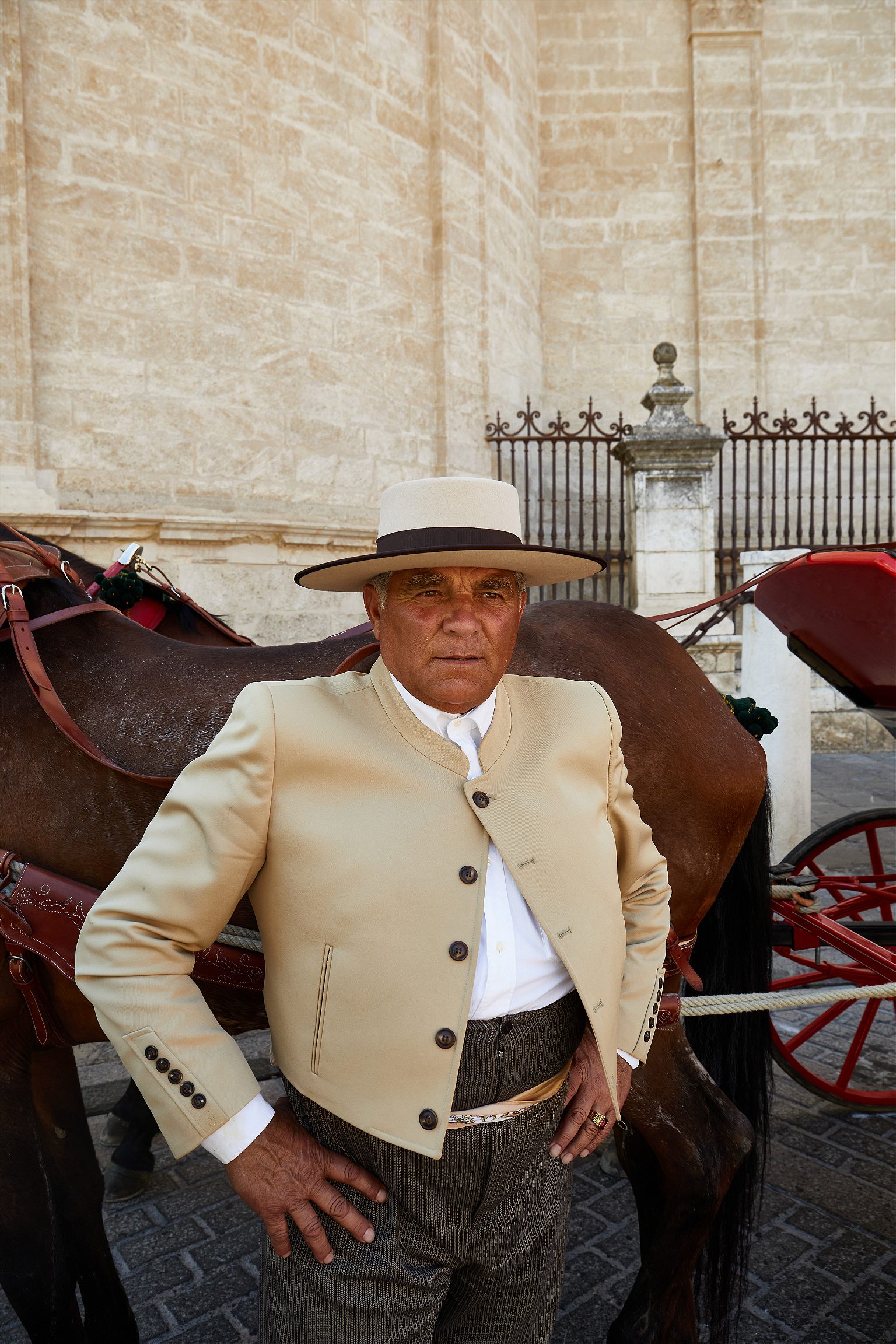
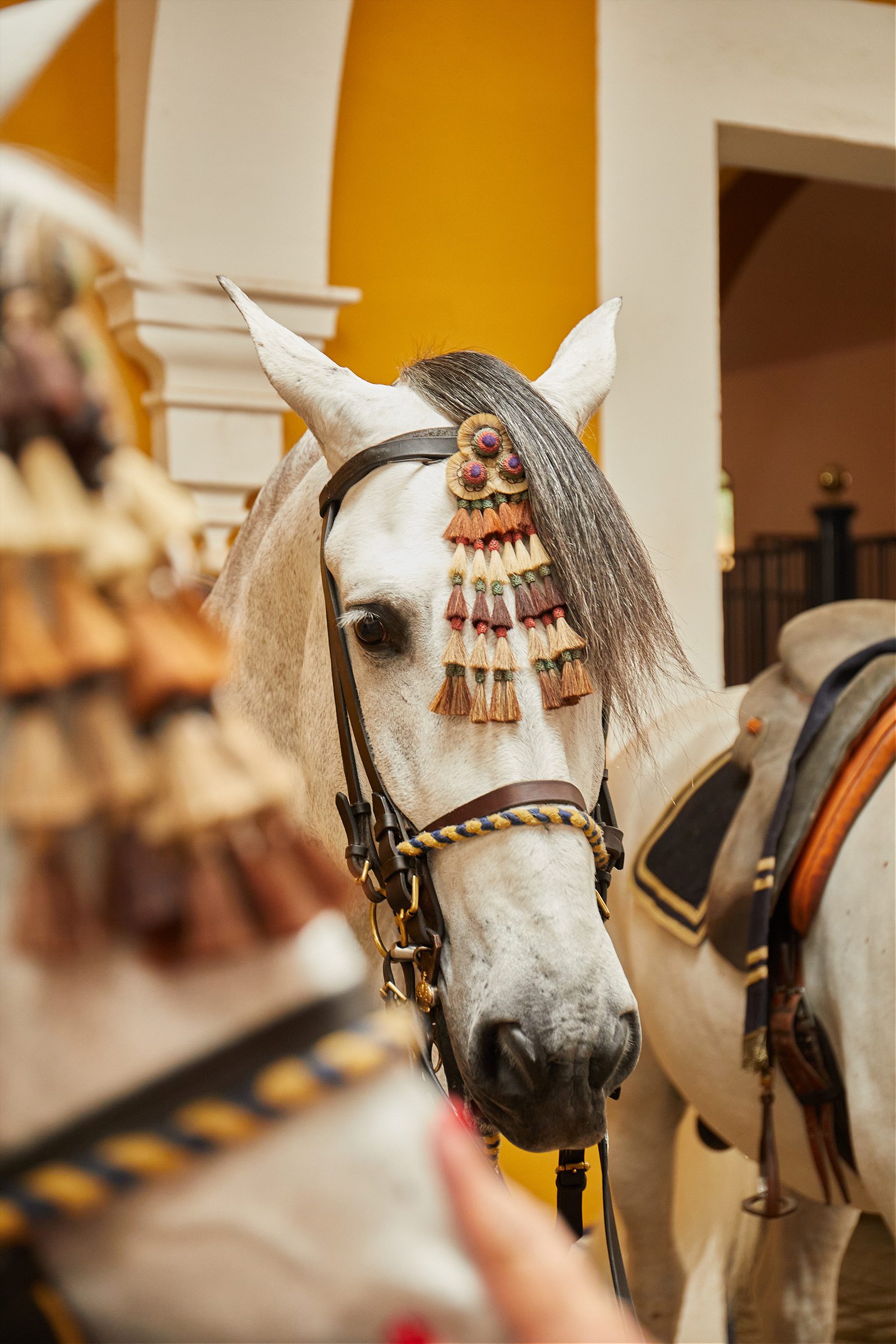
R&K: I get that feeling a lot of the time, when I visit a place and think I could stay and live there. Is that something you experience often?
Janer: It happens a lot. It just happened to me on San Juan Island, near Seattle. We spent a couple of days there, to see my partner’s family. We were surrounded by nature, trees, that lush green forest, animals that we don’t see here in the Mediterranean.
I thought: “I need this nature, I need this calm, I need this silence.” Watching the deer come by every day, and the fox knocking on the window asking for a sausage at the same time every night. That feeling of not having anything to do, just lighting the fire and opening a bottle of wine, and conversation.
And so I had the feeling of not wanting to come back home. But we have a puppy, a Podenco we just adopted, and a lot of work in Barcelona. But I had this feeling that I wanted time to stop there.
R&K: What are other places where you felt that you wanted to stay longer?
Janer: It doesn’t happen everywhere, but it has happened to me in certain places, places that really touch you, where you imagine living the life of another, and you think: “I could stay here.”
It happened in New York after studying there and visiting a few times. And in Mexico, in Oaxaca. I’ve also felt that in Mexico City, although not as intensely as in Oaxaca. In Japan, I would imagine myself in a neighborhood, wondering what it would be like, what I could learn from a culture so different from mine.
It has happened to me in certain places, places that really touch you, where you imagine living the life of another, and you think: “I could stay here”
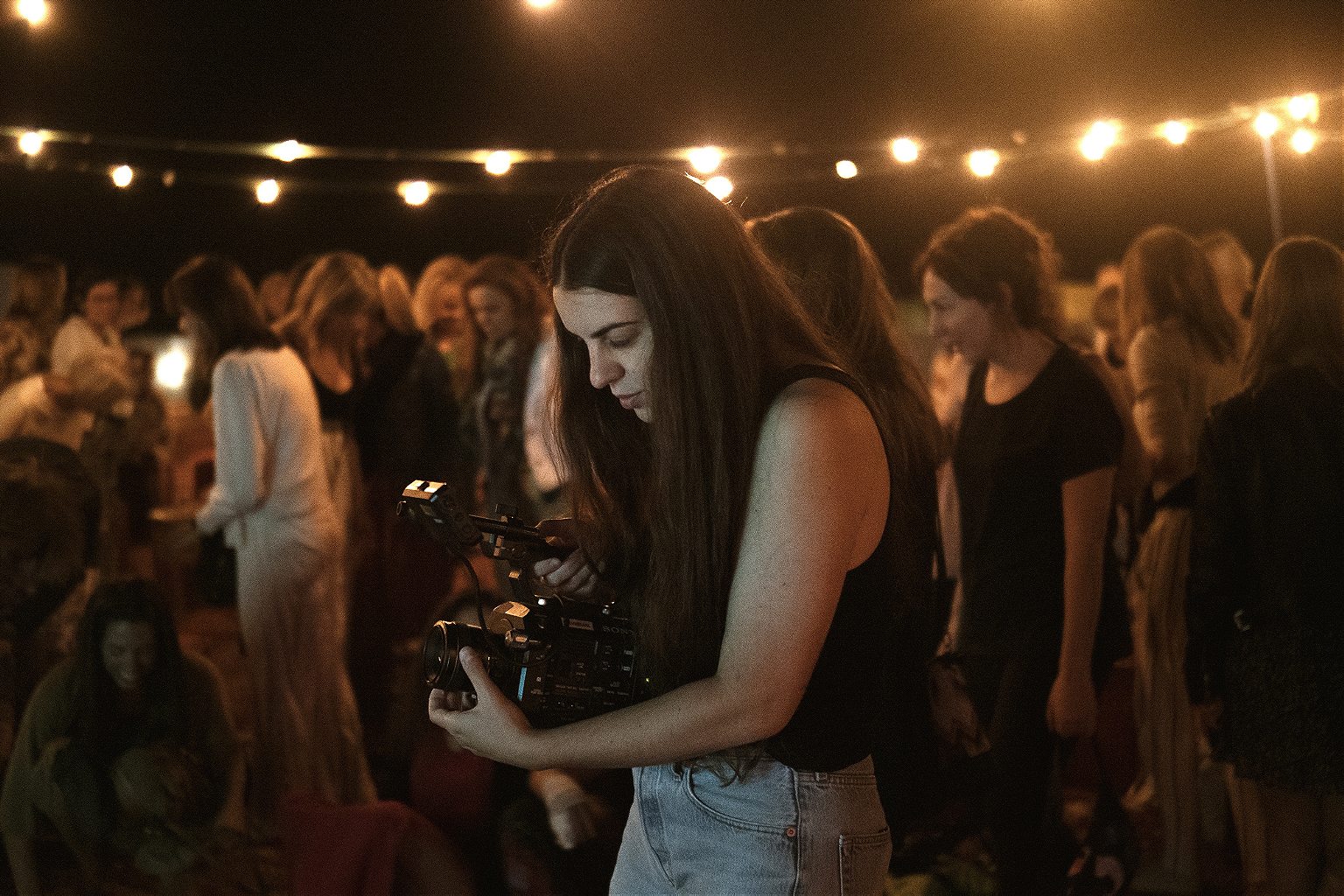
R&K: What do you focus on when you photograph a trip?
Janer: In the case of R&K it’s more a free-form job. Yes, I do focus on the beautiful, but I mostly want to document everything that is going on.
Usually, once I get the itinerary, I do a bit of research. I try to find out about the places, the spaces where we’ll be, if I’ll have natural light or not, what equipment I’ll need. But once that’s settled, I leave a lot to improvisation. I try not to overdo the research because I also like to leave space for surprises, because that’s a big part of traveling.
R&K: A not so rational approach…
Janer: Exactly. And that’s how it works when I’m with the League of Travelers. It’s very visceral. Because even if you have a plan, things happen. People react a certain way, they show emotion, they laugh. … There are also moments of silence, of contemplation. I’m like a narrator, watching everyone as a group. I like to shoot a little bit of everyone and then try to bring all their experiences together.
There’s always something: Something happens on the bus, or someone is really surprised at tasting something, and you must be present, alert.
Another important thing is that when traveling with the League, I’m part of the group. We eat breakfast, lunch, and dinner together. We drink together. That’s a big difference with other projects, where photographers and technicians are oftentimes apart from the group. That gives you so much information, so much liberty. It’s very special.
R&K: You’re sort of going in and out of the experience: shooting, eating, drinking, in and out…
Janer: I think that’s the secret to a powerful picture. Because if the photographers are not living that experience, it’s just not the same. I still remember eating at Celler de Can Roca in Girona, on the R&K trip to Catalunya, and feeling a tear want to leave my eye when I tasted one of the dishes. It was so moving. And I think you can see that in the pictures.
R&K: But at the same time, you can’t abandon yourself too much to the wine and food, right?
Janer: Exactly, you need to be present, and keep a certain distance. Because in the end you’re working. Eating, but standing, moving, looking for an angle. Keeping alert in a good way, not cautious, but in a positive sense, because you want everything to be recorded.
It’s fascinating to me to see the group dynamics, how people react and show emotion individually and how they connect as a group. It’s fascinating to think that strangers, people who don’t know anything about each other at the beginning of the trip, can connect in such a profound way. Living this experience full time, and with such great energy because they share the same sensibility, they’re united by love of the same things: travel, gastronomy, people. That profile that Nathan and Matt look for and that they have defined so well, I think that makes wonderful things happen in the group.
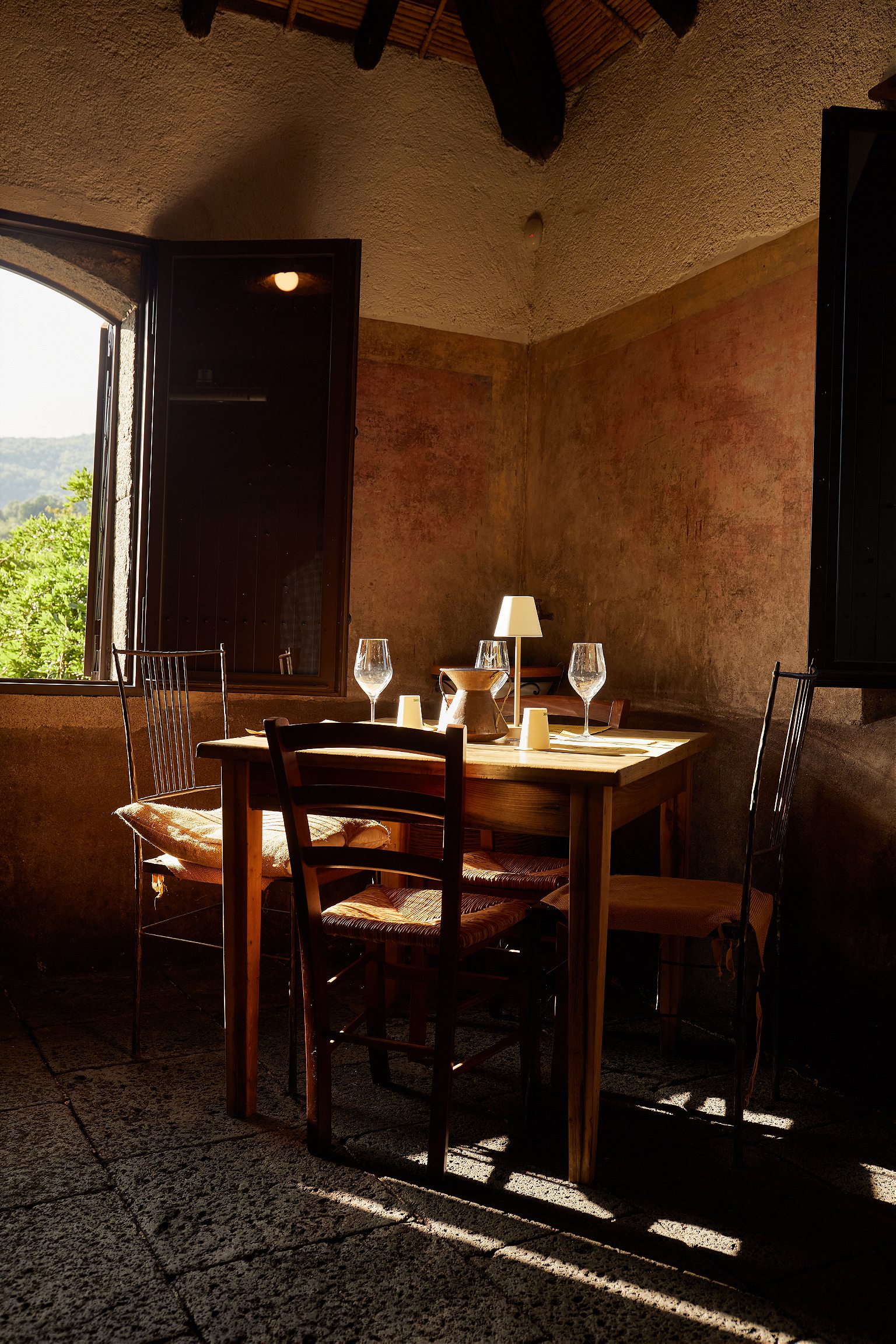
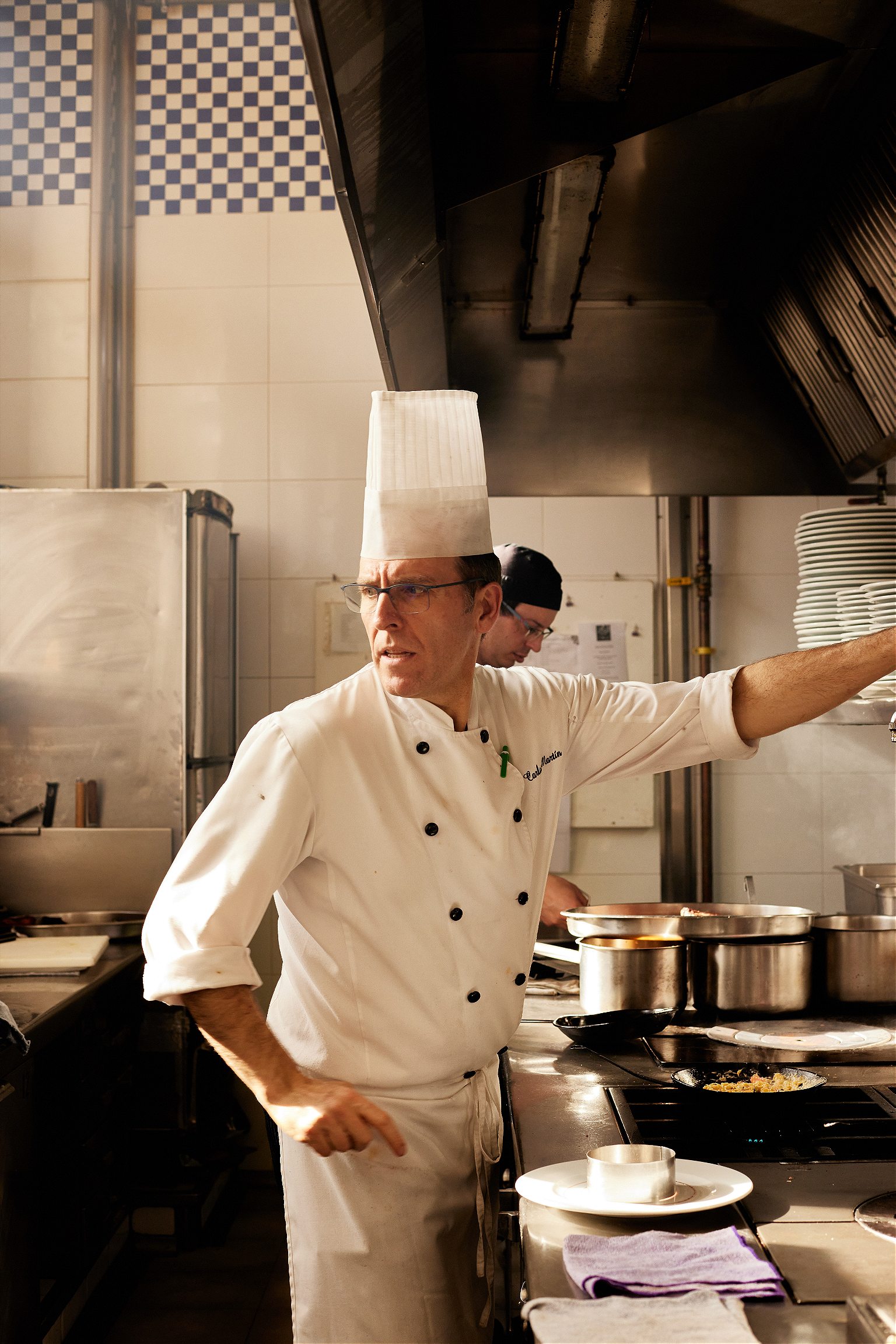
I left Andalusia almost crying, with a feeling of enormous satisfaction. … I just get moved so easily. I have a difficult time putting a hard shell around myself. I don’t have to try to get emotional, I cry if I see a bird fly.
I cherish the sobremesa, for example. At the end of the meal, after we’ve heard someone talk about his farm, and we’ve heard another explain about the cheeses, and another about the cows. After we’ve tasted all the best plates, and drunk all the best wines, that is when it all starts. There’s a reflection on the sharing of the table, there are even silences, very comforting silences.
R&K: And in Andalusia there must have been a lot going on, with the feria taking place: animals, people, music, dancing…
Janer: And all atop a horse carriage. (laughs)
It was intense. But I was so happy. Photographing was so easy because wherever you turned there was something: the women looking beautiful, the men dressed very elegantly, the horses too, with all their ornaments.
And then the spirit of the feria, which you either like or you don’t. It certainly has its critics, but there are a lot of cultural elements. I was able to shoot digitally and with my analog camera, I was able to shoot some more stylized pictures.
I was running up and down during the feria, with all that was going on. It was so hot, and everyone was drinking rebujitos, which are sparkly and very, very, cold. You feel like you’re drinking lemonade. And everyone has one rebujito and another rebujito, and so it seems that your feet don’t hurt, and that you can go on forever. You end up dancing a little more. … It was a long day and very productive at a visual level. Everyone was happy.
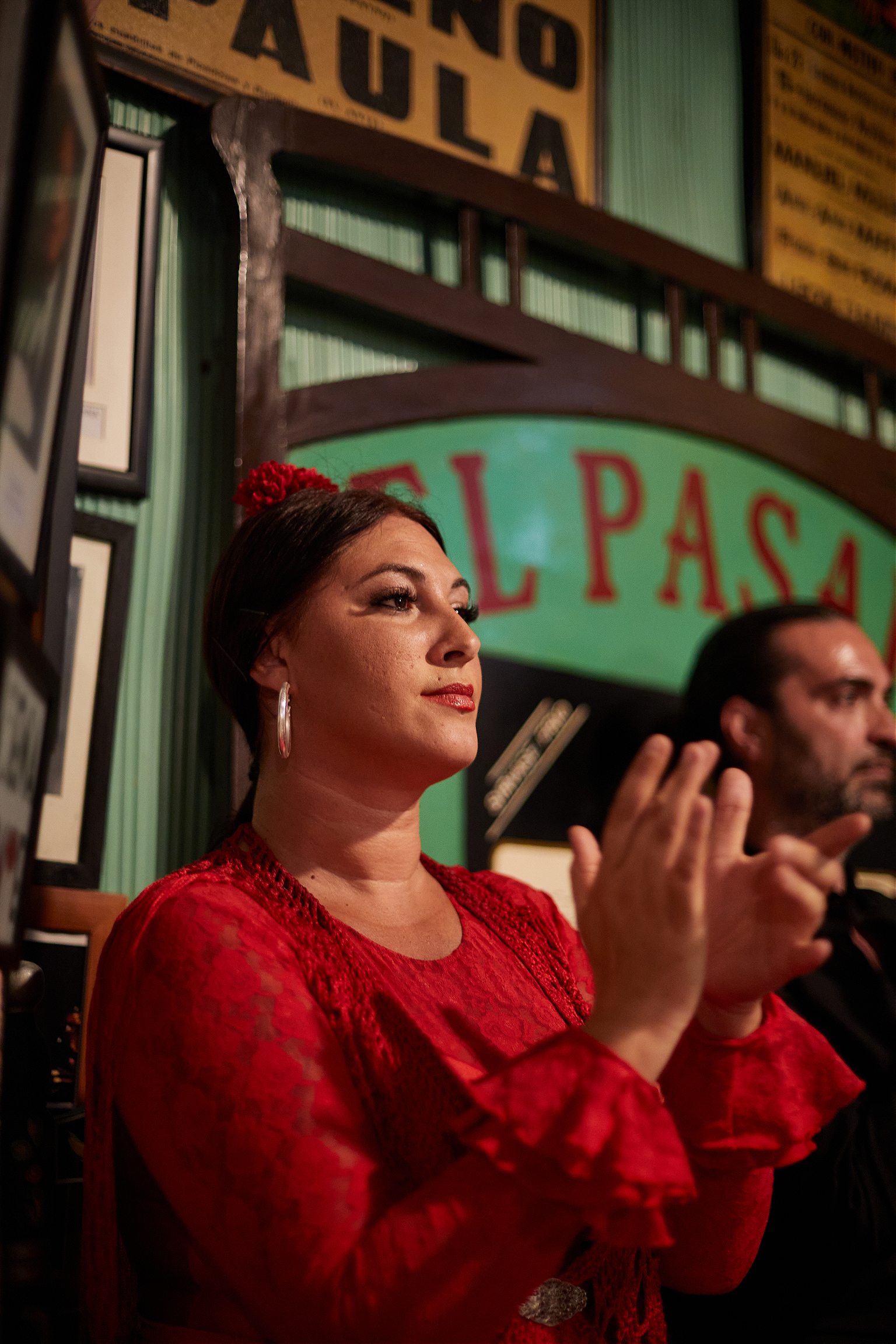
After we’ve tasted all the best plates, and drunk all the best wines, that is when it all starts
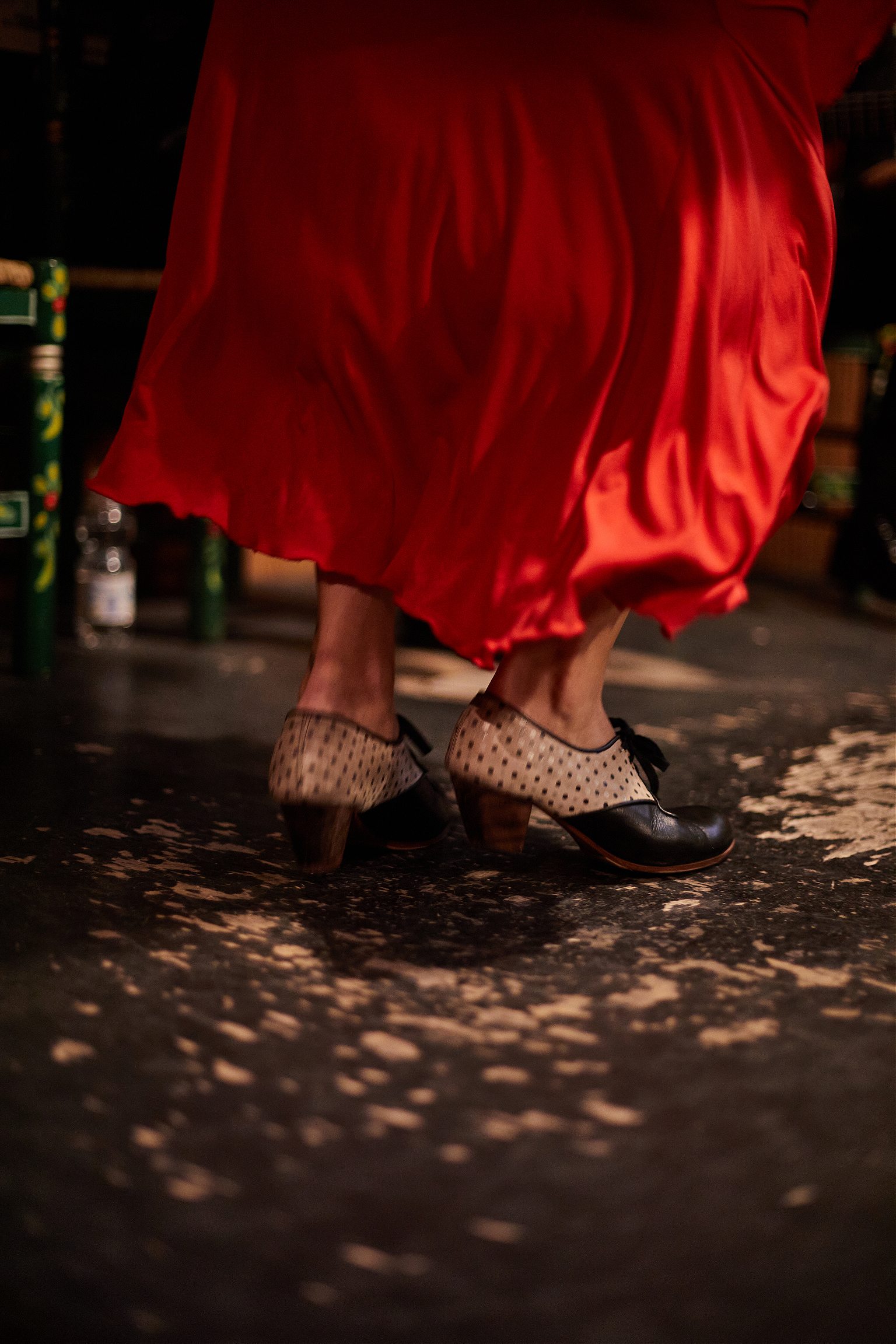
R&K: Could you tell me a little bit about your background? Do you come from a family of artists?
Janer: I don’t see myself as an artist. I think of myself mostly as a worker. Photography for me is a job. It’s an artistic job, but it’s also a technical job.
My parents are both very creative people, but no one ever worked in art except my great-uncle, José de Miguel, who was Cordobés. He was a poet, and part of the Generación del Cántico. I went to Cordoba once with Condé Nast to shoot los Patios y las Cruces, when people decorate their patios with flowers, and I found out that some of the patios had my uncle’s poems inscribed on them. It was almost as if he was guiding me. It was very touching.
Other than that, we have always been connected to art, but never in a professional way.
Both my parents have always written, and also my brother, who is a professor. My father worked in banking; my mother worked in a courthouse.
My father has always loved cinema, and there were always cameras and video cameras at home. My father would document everything. I think my childhood is the most documented childhood I’ve ever seen. So I might have inherited that love of the camera from him. My obsession with cameras and with observation and gaze might be because I always saw him with a camera near his face.
I remember filming things at eight or nine years old with my father’s camera and my brother’s camera. I would take pictures around the house. Still life shots, or portraits of my parents. They are strange pictures because they were shot at an angle, from below. But some of the shots are not bad, I think some of them had a good framing.
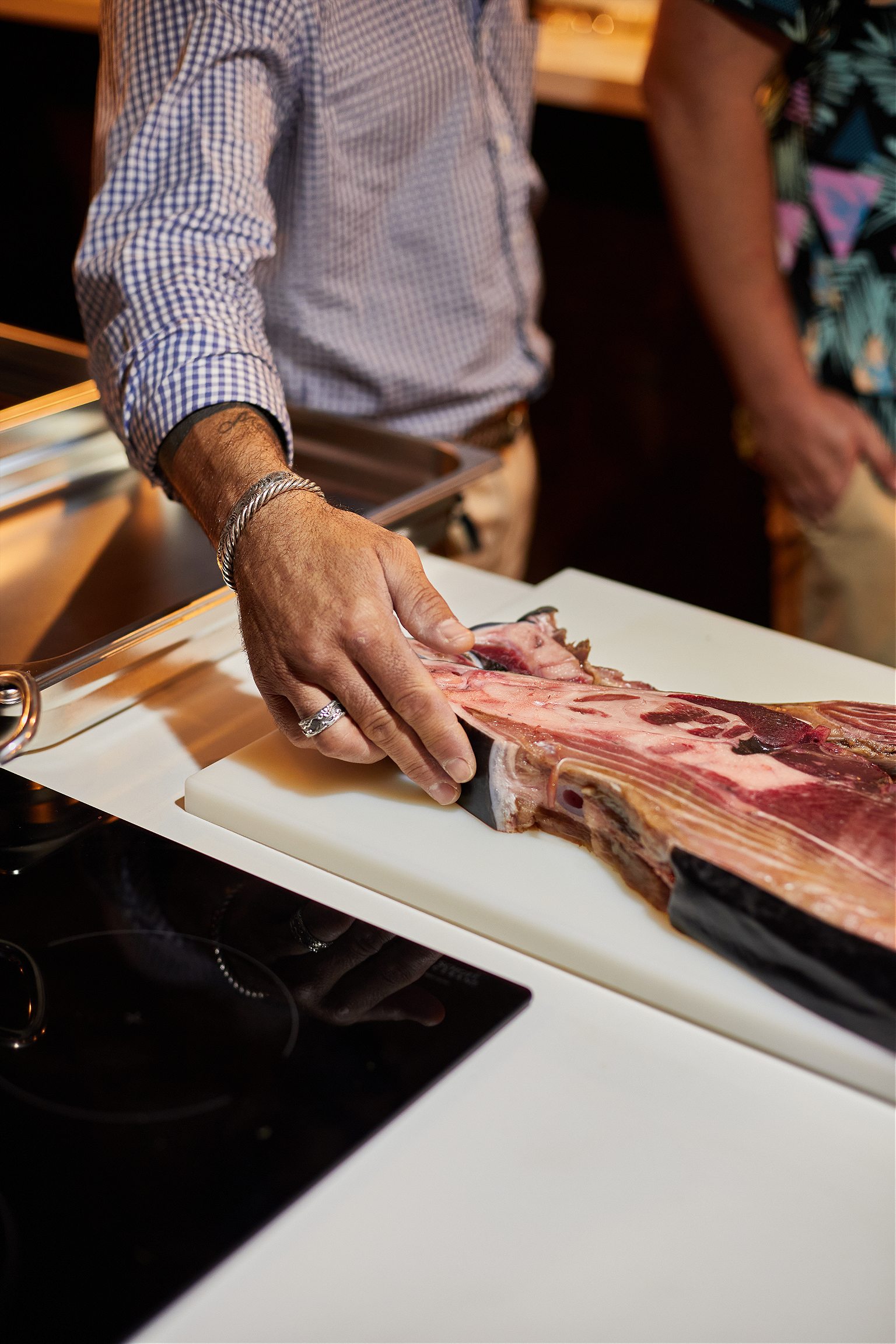
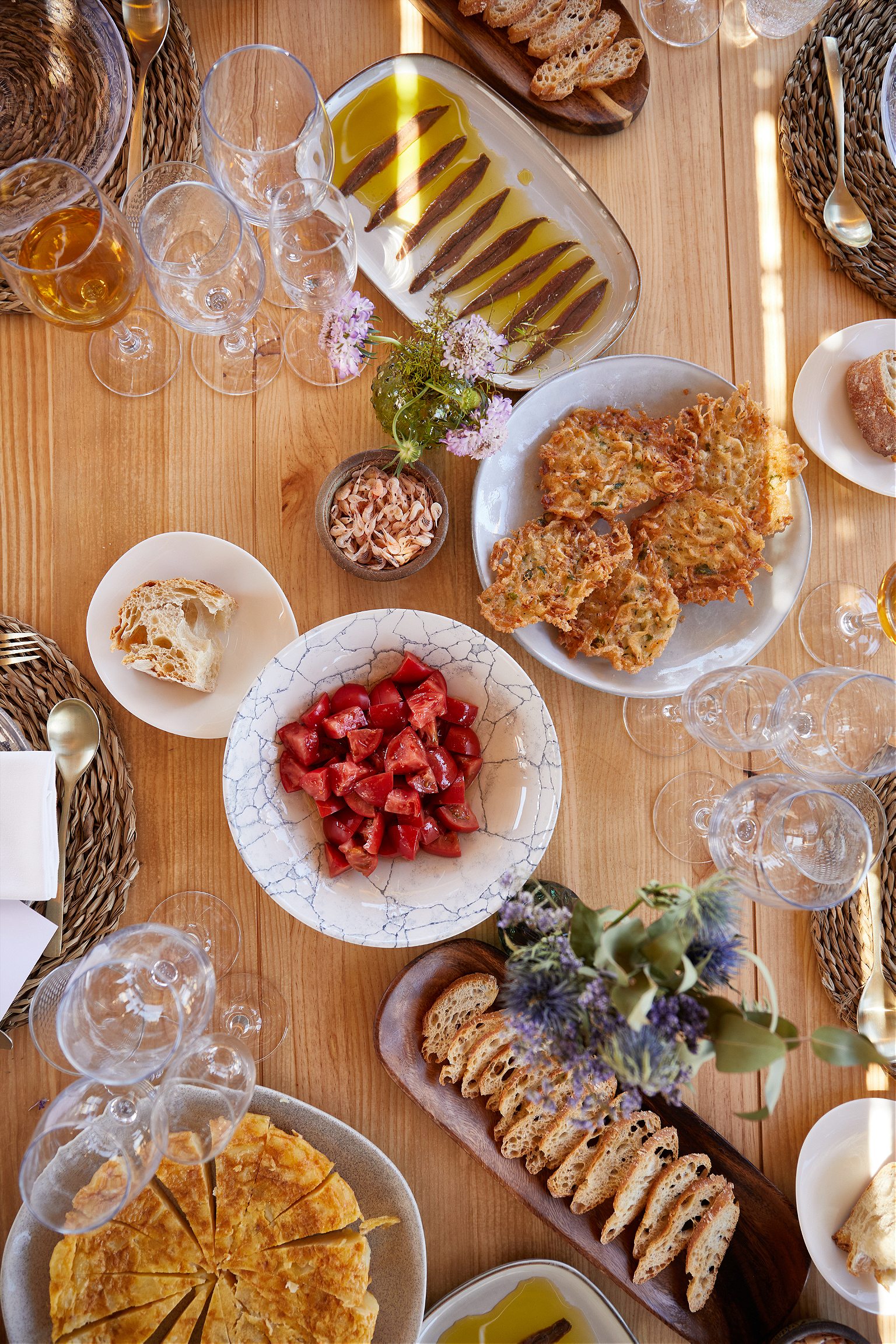
R&K: So you decided to go into photography at a young age?
Janer: Yes, it was sort of an easy path. As an adolescent I was already taking pictures of friends. And my brother studied film, so he showed me the world of film early on.
So yes, I never doubted. I was unsure what type of photography I wanted to specialize in, and whether to do still photography or film, because I also like to write. I just wanted to be able to dominate a camera and be 18 and go into the world to work.
My mother was always a good writer, and she would read me many stories. And at home there was a lot of creative liberty, I would do random things, and no one would ever say: “Bea, that’s strange,” or “Bea, you need to study something that will make you some money.” It was more like: “The kid likes to do pictures, great, venga.” Or, “The kid wants to study film: great, venga.” There was never a limit put on creativity.
R&K: Do you have any travelling habits or routines?
Janer: I’m used to having everything planned when I’m travelling for work. But when I travel for leisure, I have three or four friends who I completely trust for recommendations. People who know me, they know I like wines, especially natural wines, and gastronomy, design, places with good light. And I start building a list on my iPhone with those recommendations and my own research.
I try not to force things or script them too much, which sometimes makes me miss some places because they’re full by the time I decide to go. But I usually improvise the day. I love improvising because you stumble into places that surprise you. You meet people, they invite you…
I try to let the city take me, not the other way around. Or let destiny take me, and try not to control too much. I like tabernas and unfussy bars, and recently I’ve started to like cocktails, and I look for a good, special cocktail. Music and theater as well. It can be magic when you find them. And markets. I love to eat at markets.
I try to let the city take me, not the other way around. Or let destiny take me, and try not to control too much
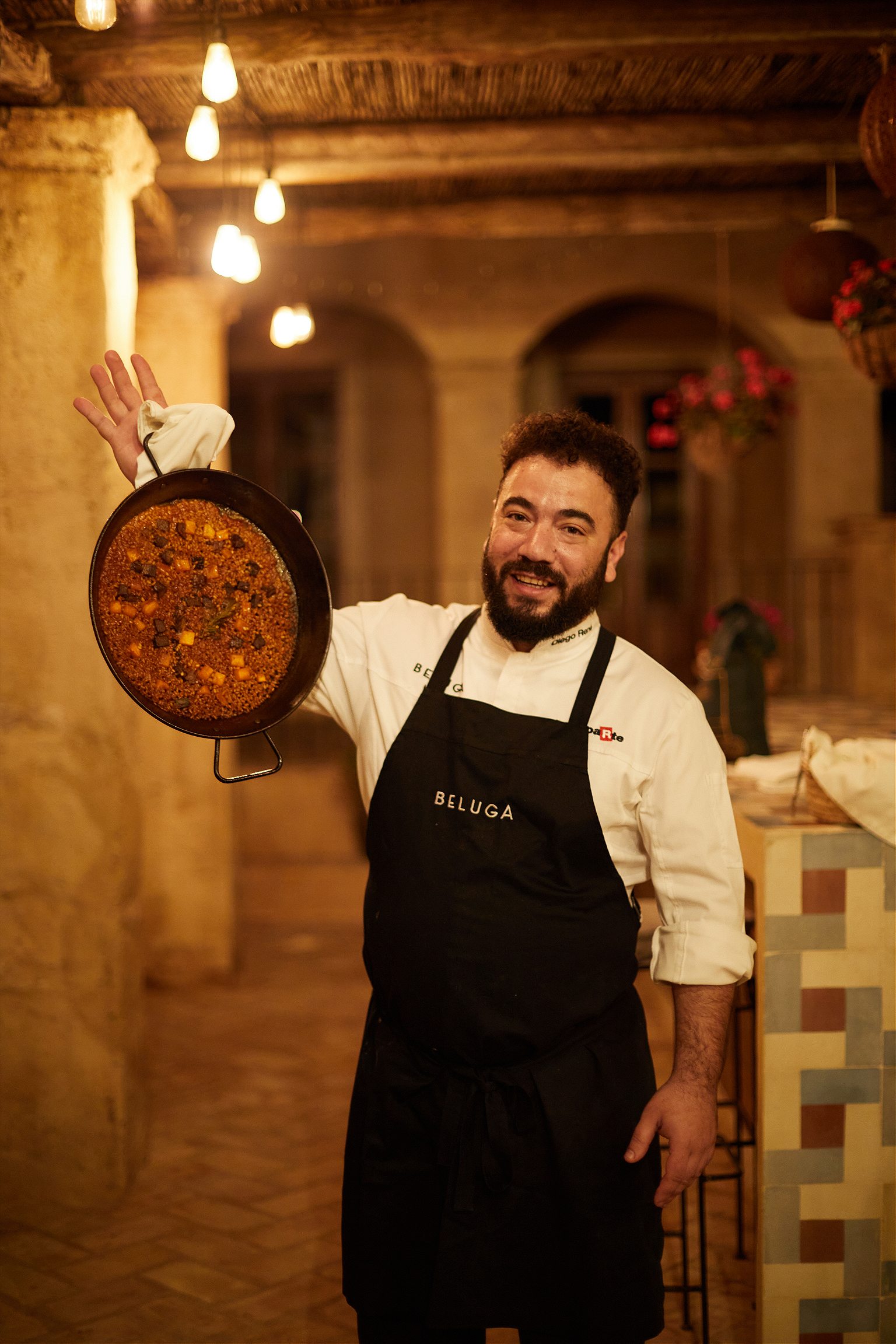
There are still spots available on our the League of Travelers culinary journey to Andalusia with Bea, Nathan and more (Apr 14-21, 2024). Information on how to join on the League homepage.
